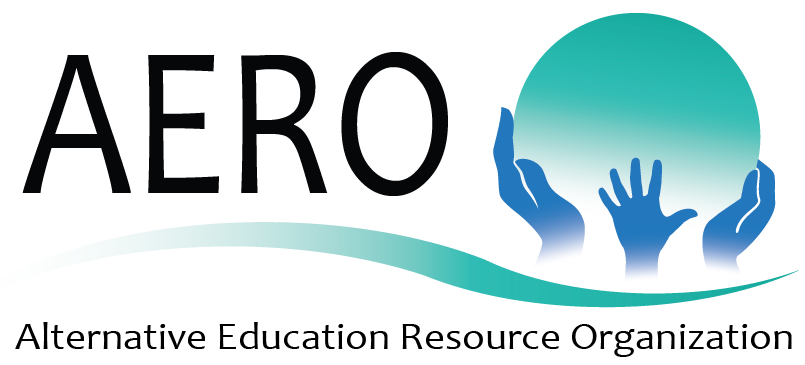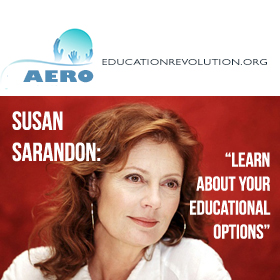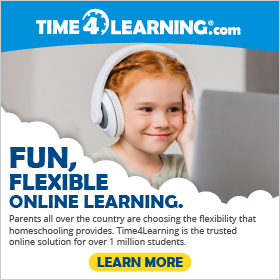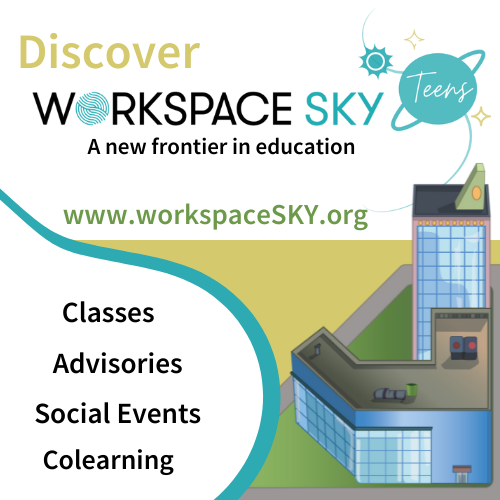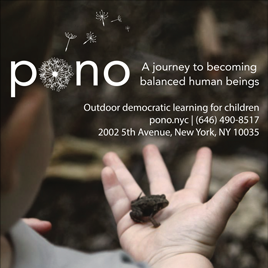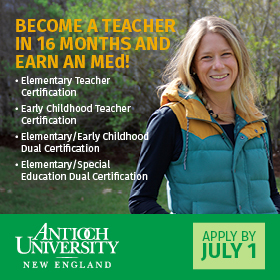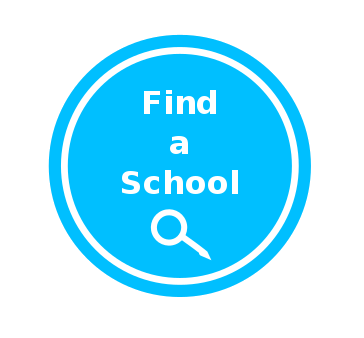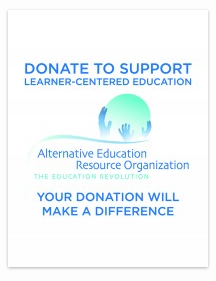Click here for our a list of alternative schools.
Articles Summarizing Educational Alternatives:
A Map of the Alternative Education Landscape by Ron Miller
An Introduction to Educational Alternatives by Robin Ann Martin
The Whys and Hows of Alternative Education: An Idea Whose Time Has Come by Jerry Mintz
Definitions of Selected Alternative Methods & Approaches:
Democratic Education: There is no monolithic definition of democratic education or democratic schools. But what we mean here is “education in which young people have the freedom to organize their daily activities, and in which there is equality and democratic decision-making among young people and adults,” as quoted from AERO's Directory of Democratic Education. These schools and programs take many forms and include public and private alternatives and homeschool resource centers. See a list of democratic schools here.
Homeschooling, or Home-Based Education: educating one’s self or one’s children at home. This can be done independently (see unschooling), through an "umbrella" curriculum (similar to a correspondence course), in consultation with the school system, or by hiring tutors and mentors. Often, a local group of homeschoolers will form a "homeschool resource center," which may then offer classes, field trips, support groups, legal advice and more.
Montessori Education: Maria Montessori (1870-1952), the first woman physician in Italy, was working with mentally disabled and emotionally disturbed children around the turn of the century when she discovered that they, as well as normal children, learn best through their senses by working with concrete materials. Building on the earlier work of Eduard Seguin, who had taught deaf-mute children, Montessori devised a set of manipulative learning materials that invite children to explore colors, shapes, textures, sounds, language, and even geometric relationships. For example, she designed a series of beautifully colored glass beads to develop numerous mathematical skills. Children responded to these materials enthusiastically, and in her "prepared environment," Montessori and her followers have consistently found children developing intense concentration, self-confidence and a strong interest in learning to read, write, and understand their world.
In the Montessori classroom, children are grouped in 3-year age spans and are introduced to materials and activities according to their developmental stages and "sensitive periods" of special interest in the environment. They are then free to practice independently or in small groups for much of the day–a Montessori classroom resembles a busy workshop with activity taking place in every direction. At the same time, Montessori educators usually emphasize care, courtesy and orderliness within the environment. The Montessori approach is well developed at the elementary level and is becoming increasingly popular in public magnet schools.
Reggio Emilia Approach: The Reggio Emilia philosophy and approach to early childhood education has developed and continues to evolve as a result of over 40 years of experience within a system of municipal infant-toddler centers and preschools in Reggio Emilia, Italy. Parents, who started the schools in the 1940s, continue to participate to ensure the schools reflect the values of the community. From the beginning, the late Loris Malaguzzi, leader, philosopher and innovator in education, who was then a young teacher, guided and directed the energies of those parents and several teachers. Through many years of work with them, he developed an education based on relationship, which has become widely known and valued. The Reggio Emilia approach is built upon a solid foundation of connected philosophical principles and extensive experience. Educators in Reggio Emilia have been inspired by many early childhood psychologists and philosophers, such as Dewey, Piaget, Vygotsky, Gardner and Bruner.
Please understand that we are not referring to an early childhood method or set curriculum, but rather a deep knowledge in theory and community-constructed values that have been and are continuously being translated into high quality early childhood practices. As a result, educational theory and practice in Reggio Emilia is strongly connected. To learn more about fundamental principles of the Reggio approach, read Lella Gandini's article, "Fundamentals of the Reggio Emilia Approach to Early Childhood Education," published in the November 1993 issue of Young Children or Lella's chapter in Next Steps Toward Teaching the Reggio Way: Accepting the Challenge to Change, edited by Joanne Hendrick.
The Reggio educators' intention in sharing their experience with educators around the world is to encourage others to understand their own values regarding childhood, education and community. Reggio educators hope to promote dialogue among educators, so that they will come to understand their own identity as a school community. Through this process, educators can then ensure that the learning and relationships of children, teachers and parents within their school community reflect their shared values.
Unschooling: home-based education that is completely self-directed; often involving internships, volunteer work, and other direct participation in the greater community.
Waldorf Education: Waldorf education was conceived by the Austrian philosopher Rudolf Steiner (1861-1925) as a means of cultural and spiritual renewal after the devastation of the First World War. Steiner believed that modern Western society had placed too much emphasis on external, materialistic values, at the expense of the imaginative, creative innermost spirit of the human being. The Waldorf curriculum draws upon the mythologies, legends and arts of the great civilizations through history to awaken the creative and emotional life within every child. Since Steiner emphasized the close relationship between children and the adults who are their mentors and models, a group of students stay together with their teacher each year from first through eighth grades, and teachers are trained to be unusually perceptive of children's temperaments and learning styles.
Teaching methods are carefully designed to match the phases of psychological/spiritual development that Steiner identified; for example, since young children learn primarily through sensation, teachers pay close attention to the use of color, form, and music in the environment, and natural materials, such as wood, wool, and cotton, are always used rather than anything plastic or artificial. Early elementary children take in the world primarily through images and feelings, so for these ages Waldorf teachers recite vivid stories and present the curriculum poetically rather than through dry textbook facts. Young children learn through movement, imitation and play, so the teacher leads the class through numerous games, dances and exercises (such as counting or reciting poems while clapping or marching), and introduces them to a unique form of expressive movement, eurhythmy, that Steiner invented. At all stages, imagination and artistic expression are cultivated to the fullest extent possible.
